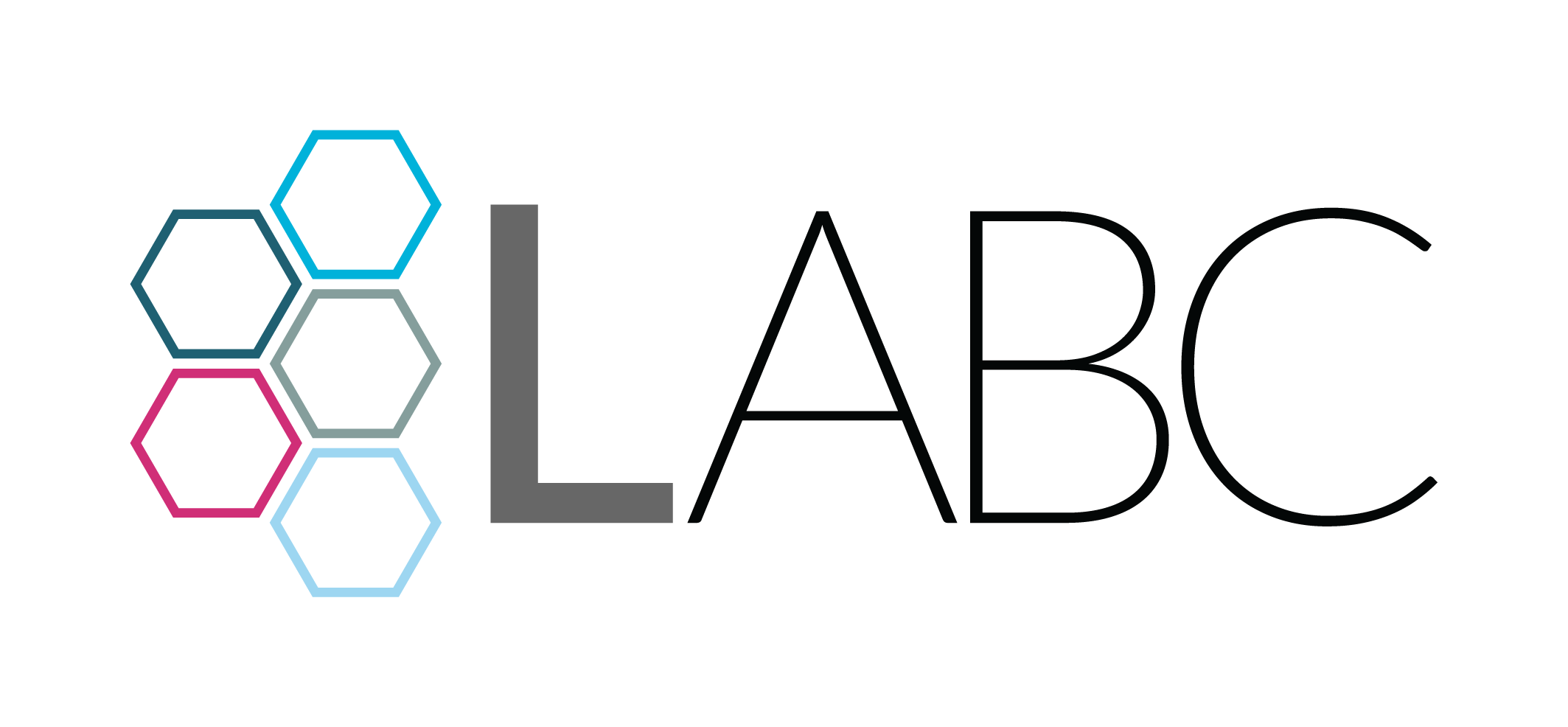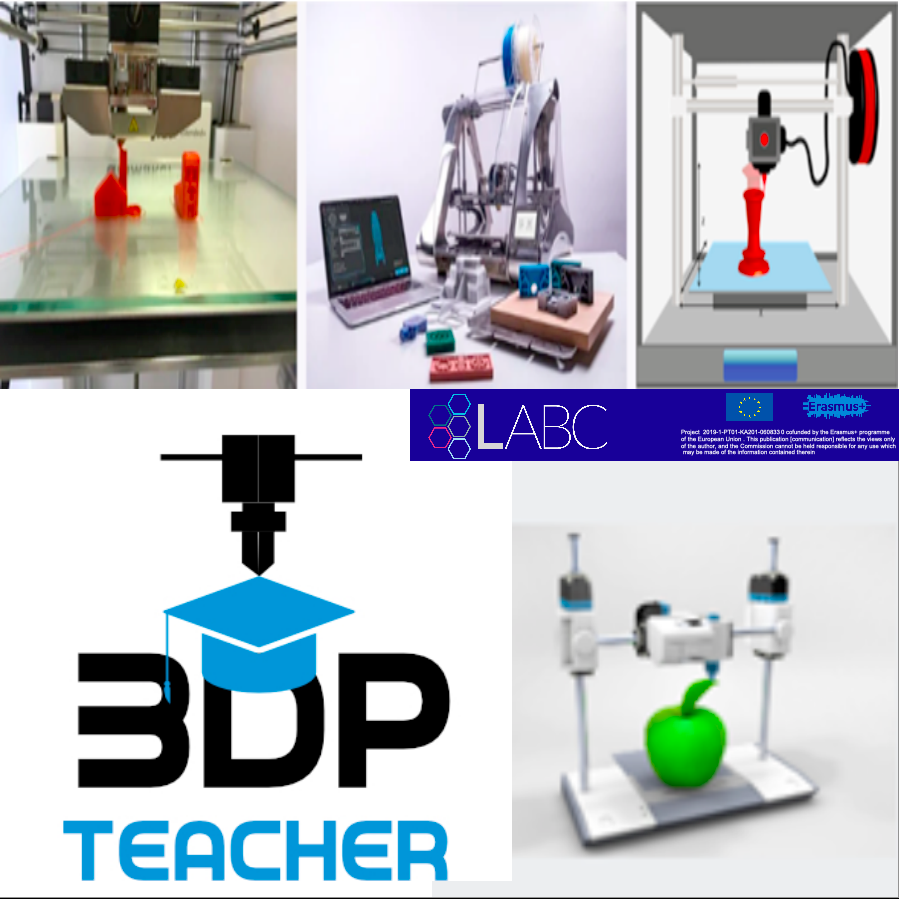3D Printing is older than you think!
The 3D print was invented in 1982 by Chuck Hull. Hull had the idea that if he could place thousands of thin layers of plastic on top of each other and then engrave their shape using light, then he would be able to form three-dimensional objects. And he was right!
After a year, experimenting with these ideas, he developed a system where a condensed ray of ultraviolet light, moving under the control of a computer, “hits” the surface of a bucket full of photopolymer liquid and where it “hits”, this liquid turns into a type of plastic with a fixed shape.
Hull realized that his finding was not limited to liquid elements, and that his patent was called “stereolithography” (3D Printing) and that the devices – through which the process takes place – were called 3D printers.
The materials commonly used in 3D printing are plastic, rubber, sandstone, special metal alloys and various other materials. Among the most popular is PLA, a highly malleable thermoplastic, which in addition to being very affordable is also biodegradable, and therefore very environmentally friendly.
Today, 3D printer technology is also used in the fields of jewelry, industrial design, architecture, engineering, automotive, aerospace (in zero gravity), dentistry and medicine in general, education, information mapping, in civil engineering projects and even for food preparation!
You will find more information about 3D printing, including applications, trends and its benefits for Education in the “3DP TEACHERS’ GUIDEBOOK”. Make sure you are following the “3DP TEACHER – implementation of 3D Printing in future education” project’s Facebook page to be the first to know when the guidebook is published on project’s website.

